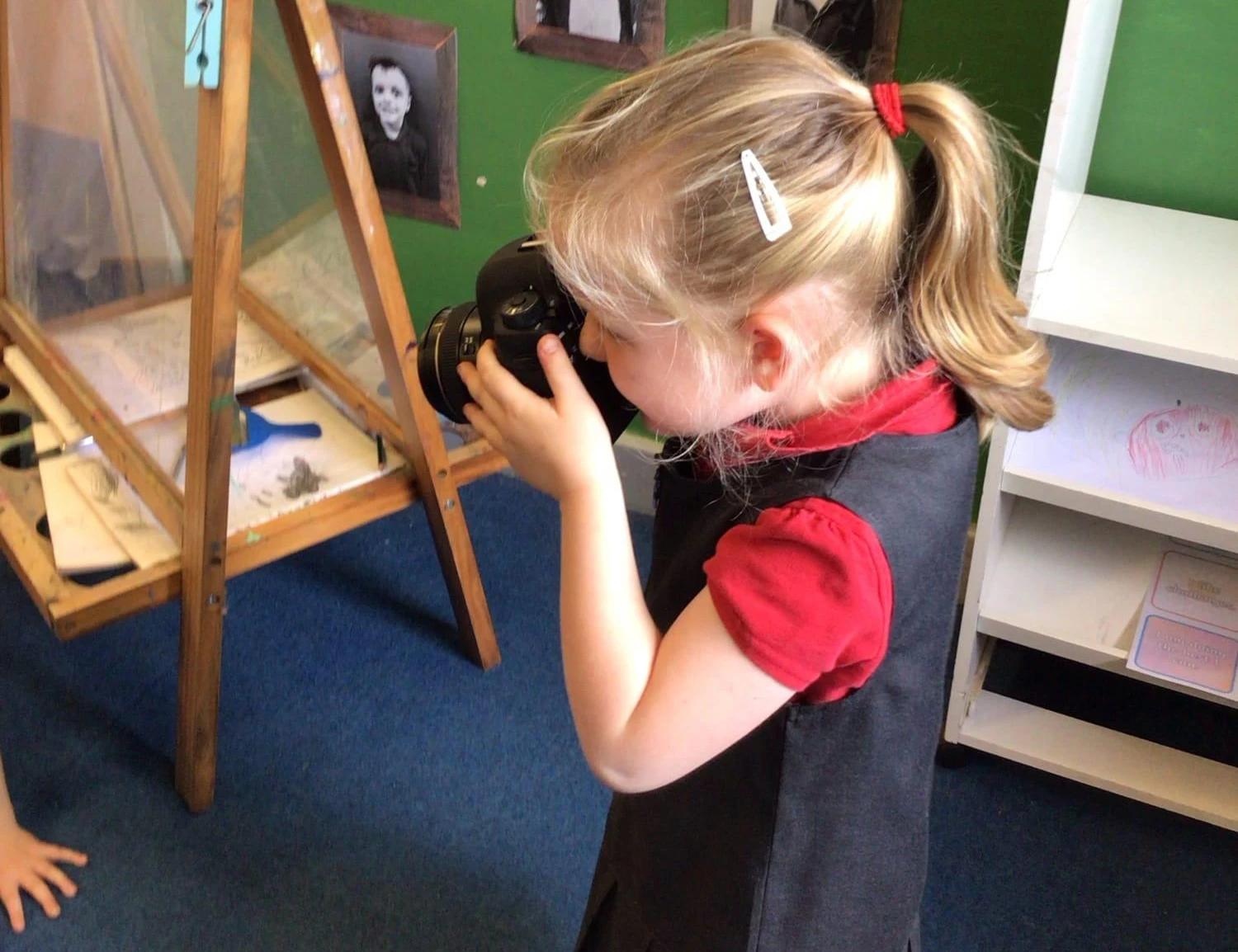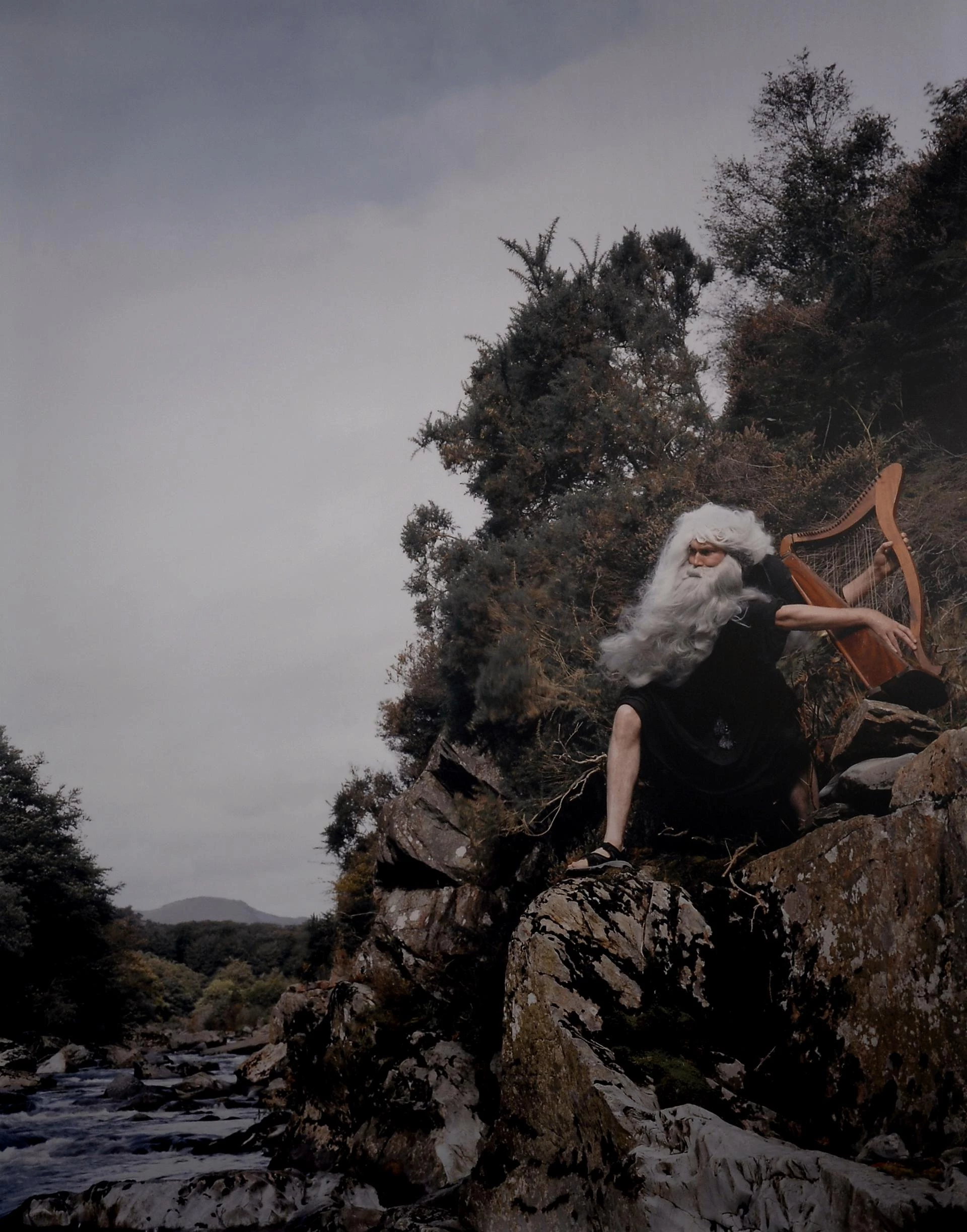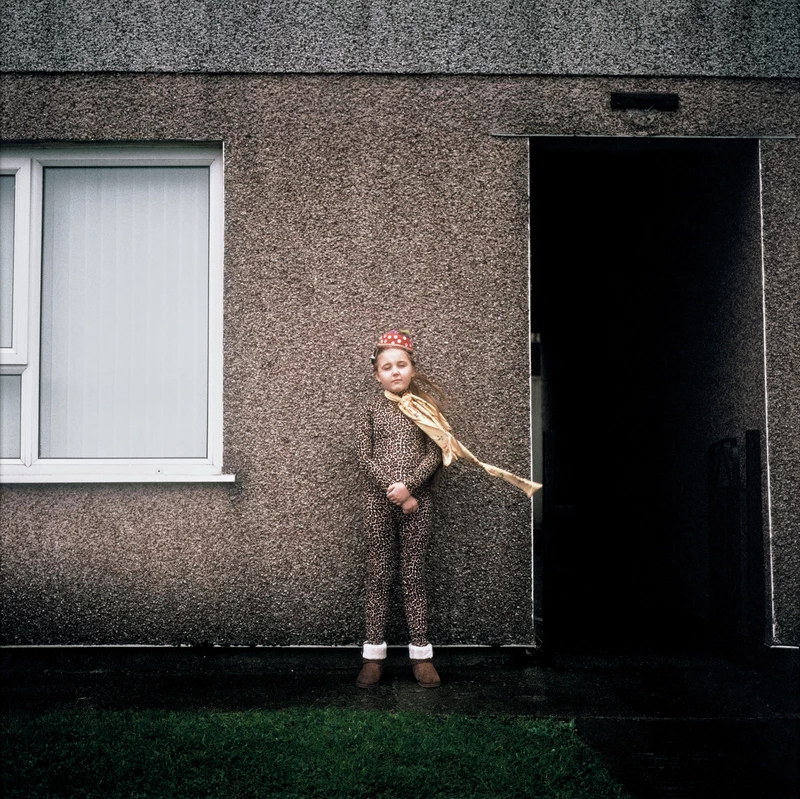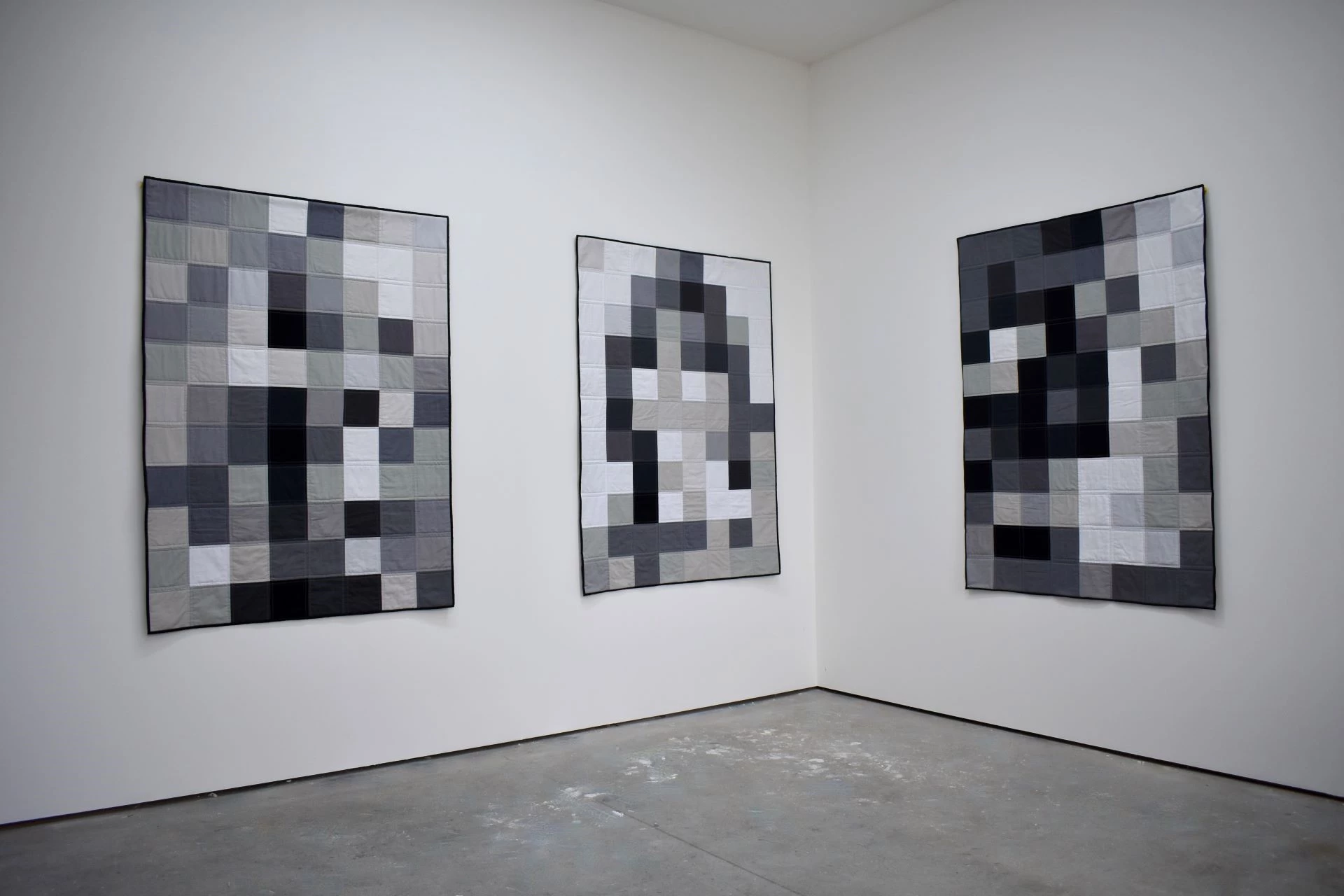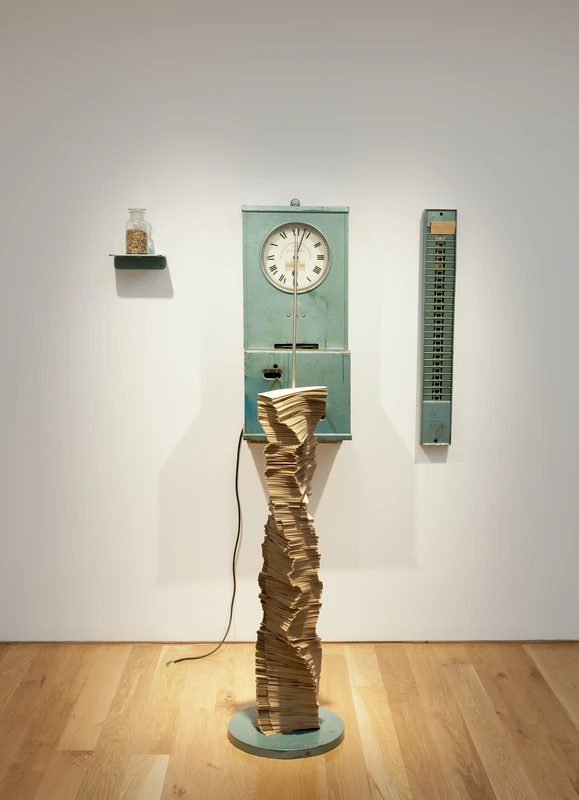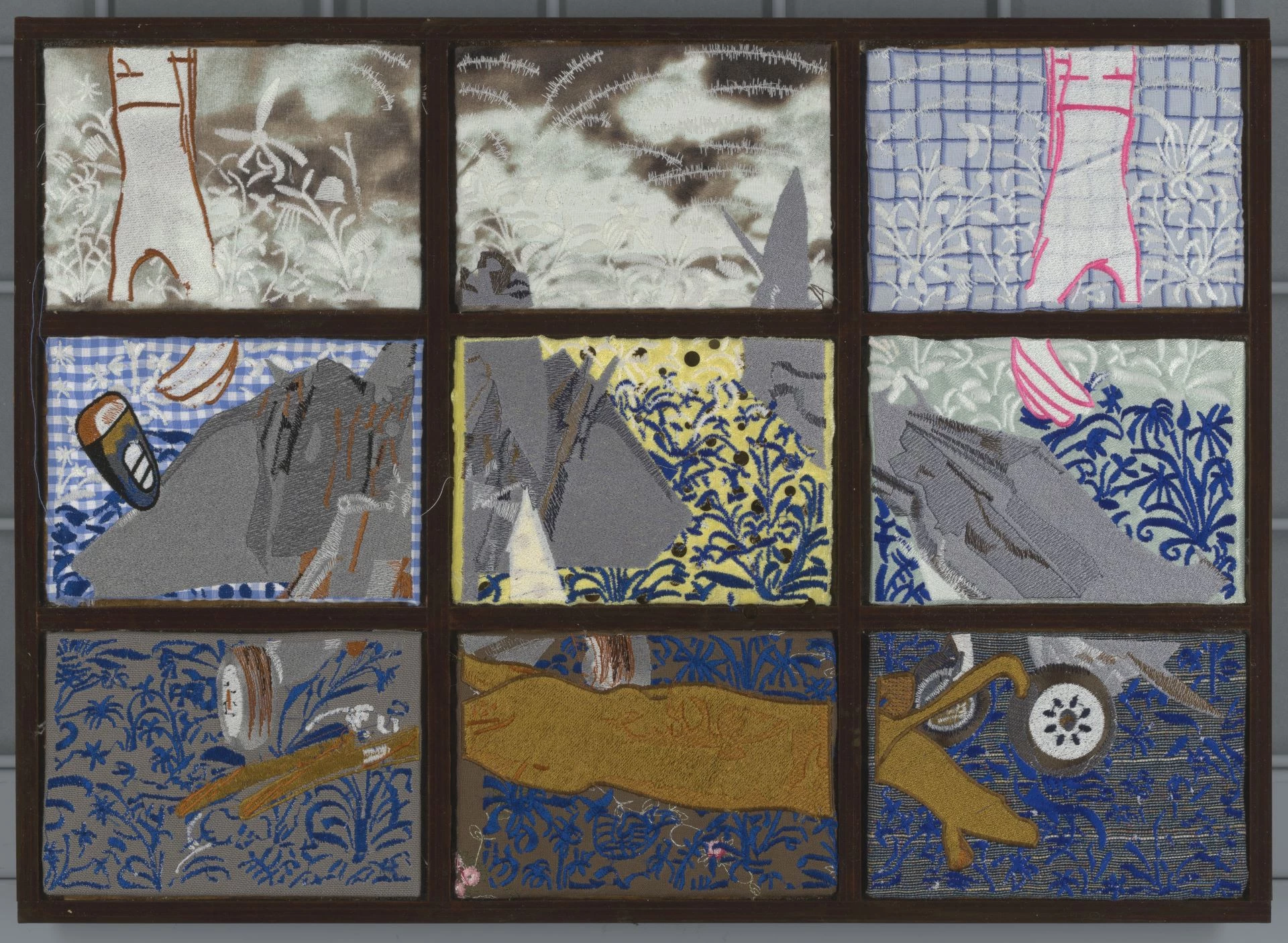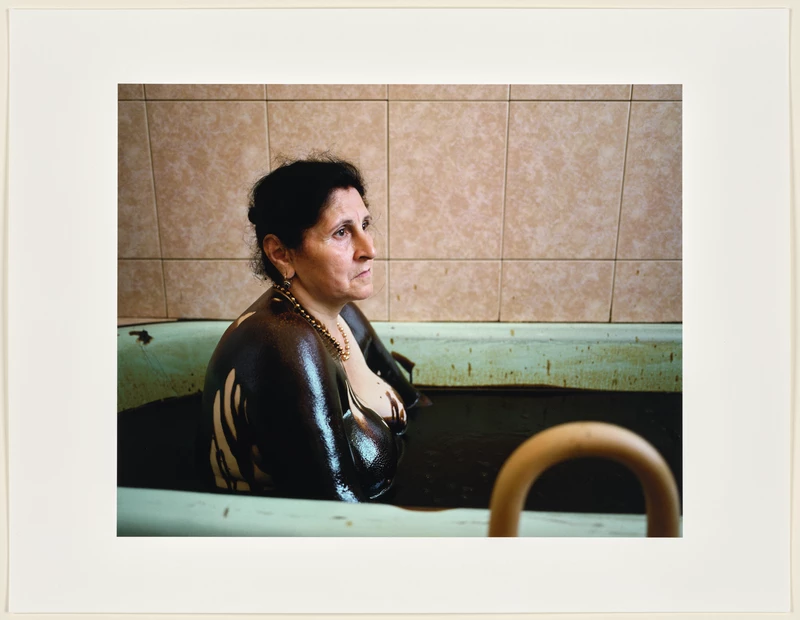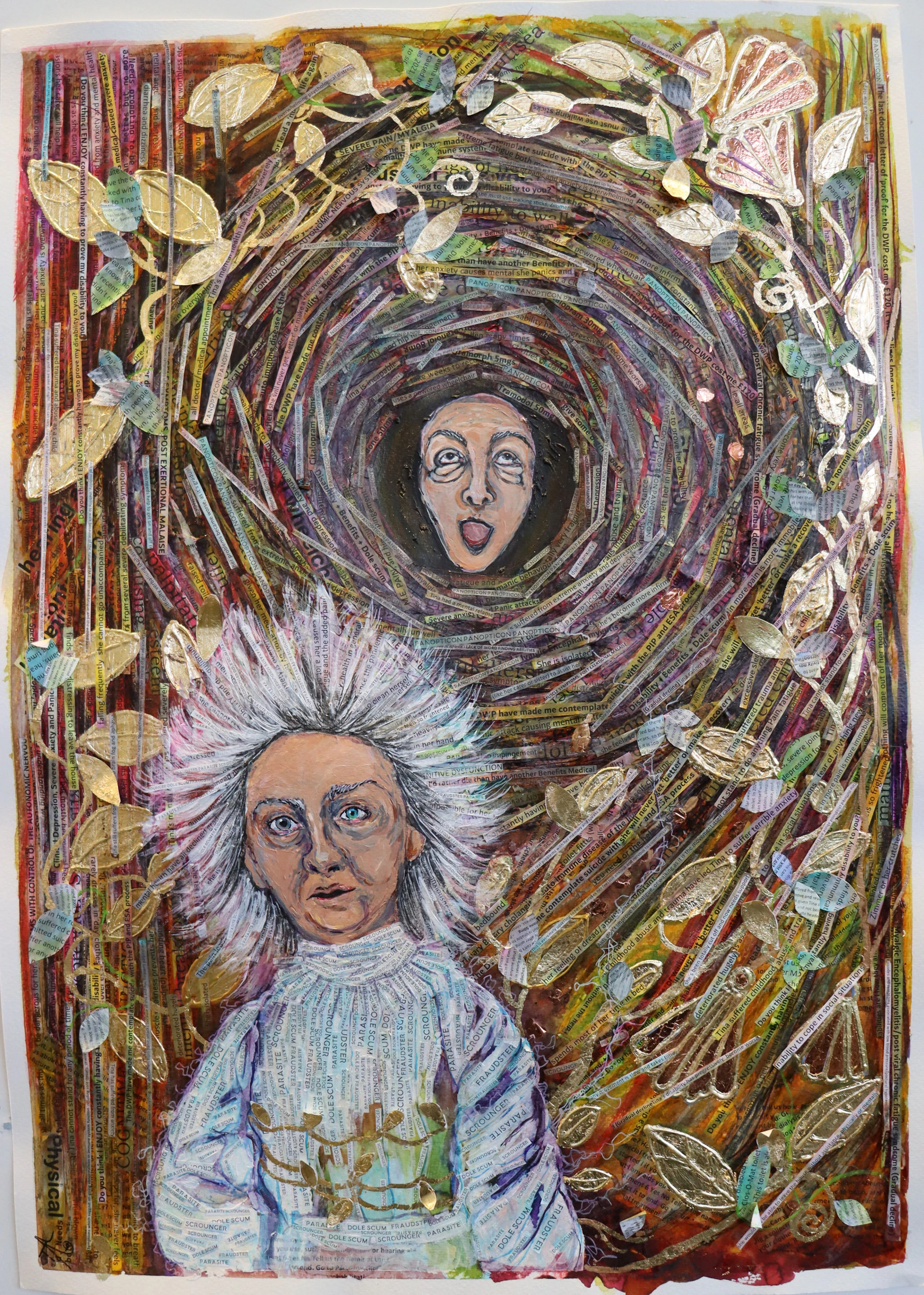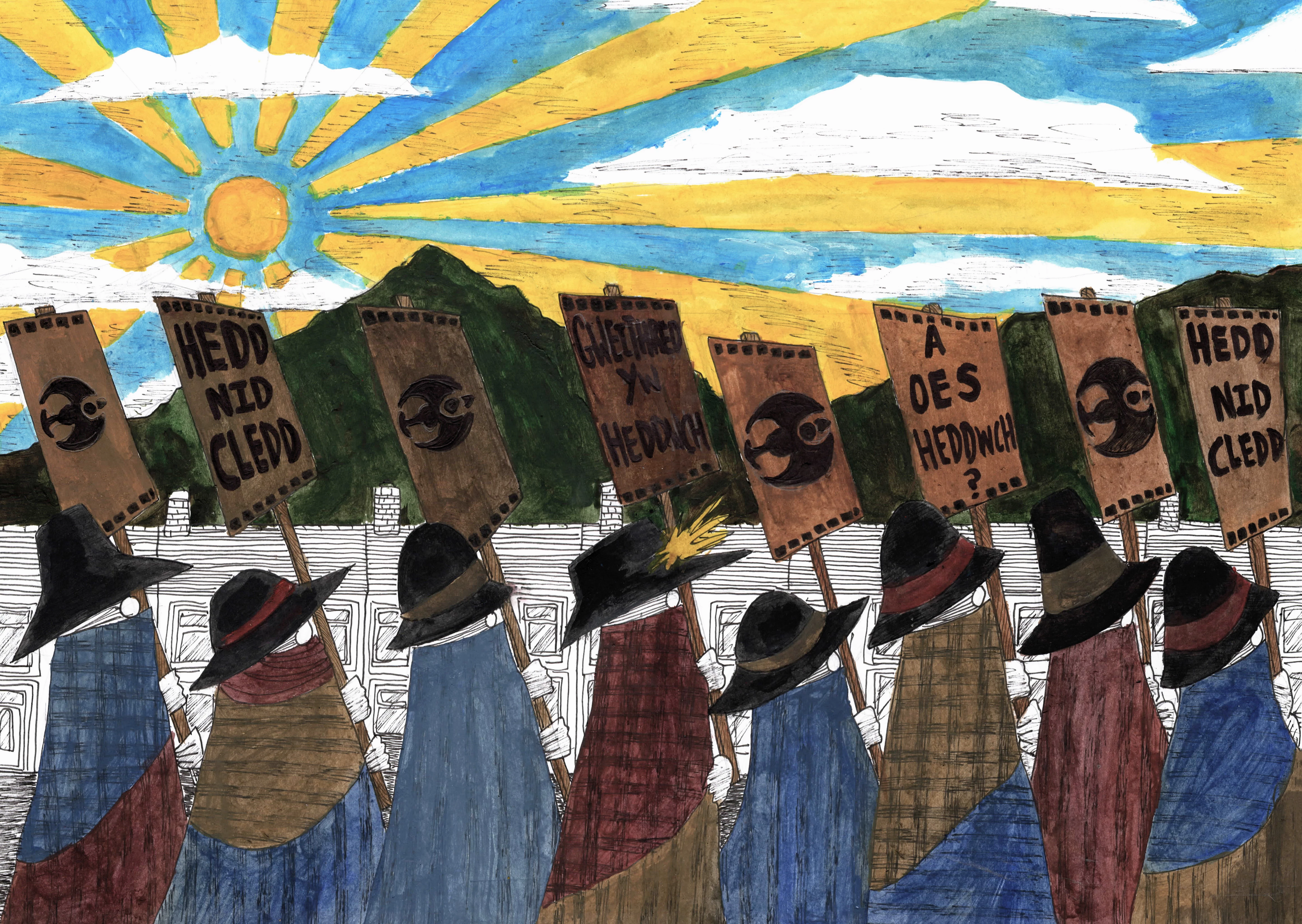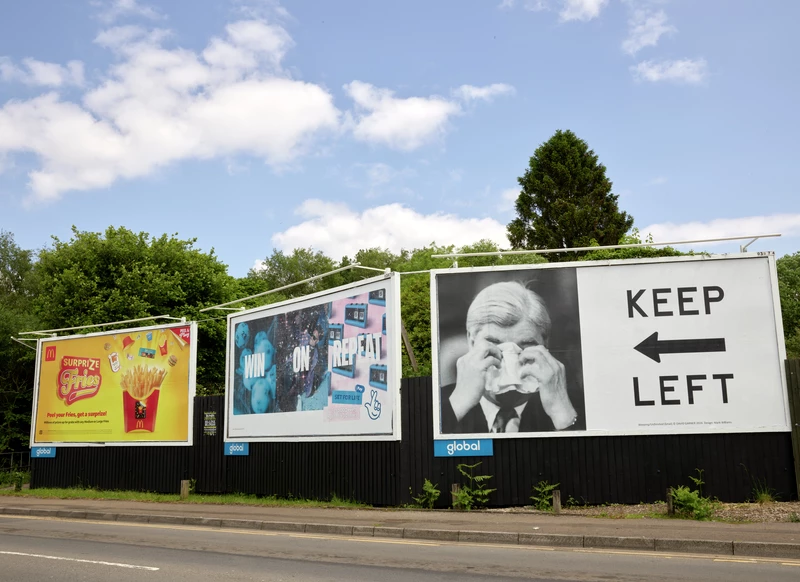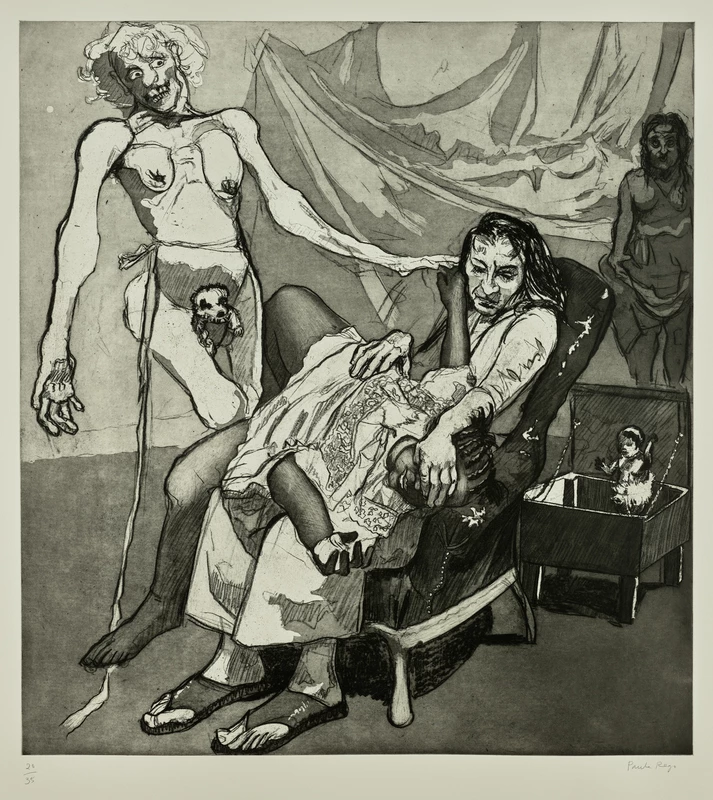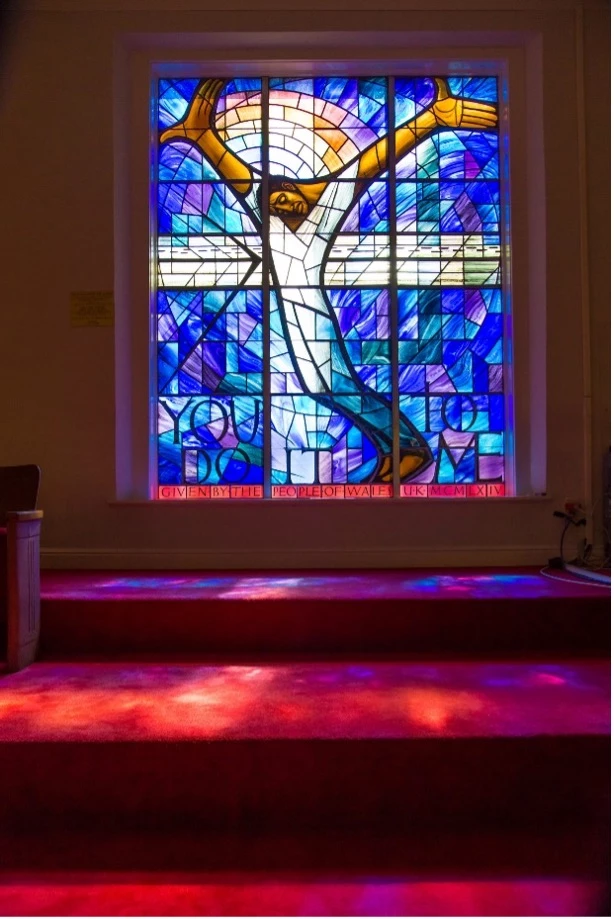Protest Art can offer a way for artists to express an opinion on a subject that is important to them. Some artists may find it easier to express themselves through art rather than through words, or find that a subject has greater impact or meaning when conveyed through art.
A piece of Protest Art can take many forms, a painted canvas, a photograph, an installation, a video: it does not narrow itself to one medium.
Protest Art can be created by an individual, a group, a collective or a movement.
Artists can often create a piece of Protest Art to help discuss a topic and open up conversations around an issue. It can tackle an issue head on by making a statement, but it doesn't always have to be a clear message. Leonardo Da Vinci once said – ‘Nothing strengthens authority so much as silence.’
An artist can create a piece of art as a form of protest when words are not enough. Using a piece of art means adding another element, creating something people can relate to more easily than other forms of communication. Art can connect people in a way that other forms of activism don’t. It can be a more subtle way of sharing an opinion, impacting on the way people view the world around them. It can also make the people who are experiencing the art change the way they think about a certain subject.
Take a look here at some different types of Protest Art from across the world:
Memorial Window at the 16th Street Baptist Church, from the people of Wales after the 1963 bombing. PhotoL National Geographic Image Collection / Alamy
Above you see the sketch for the Alabama Window by Welsh artist John Petts. It was created as a form of positive protest following the Ku Klux Klan bombing of 16th Street Baptist Church in Birmingham, Alabama on the 15th of September 1963 which killed four black girls attending Sunday school. Petts' aim for this work was to show the community of Alabama that there was support in other parts of the world for their situation, and that the people of Wales came together to fund and deliver a replacement stained glass window depicting Christ as a black man. Read more about the Alabama Window here - https://blog.library.wales/the-wales-window-birmingham-alabama/
Protesting on the street and using your voice isn’t for everyone. Protest Art gives artists a different kind of voice to express their opinion or views in a way which isn’t taking direct action, but can still have a lasting impact.
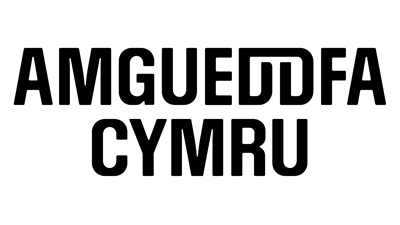

Artists can also capture a moment of protest to help amplify the message, such as the image of student protesters photographed by David Hurn and Nick Treharne’s photograph of the Queen passing the Independent Tropical Wales Graffiti on her way to open the Welsh Assembly.
Suggested Tasks and Discussion Points
- Why do you think an artist would create a piece of Protest Art?
- Find 3 works of Protest Art and explain why you chose these works?
- Why do you think Protest Art is important?
- Create your own form of Protest Art – is there a topic that’s important to you or your group?
Age range
This resource has been created for secondary school learners.
We have purposely created exercises that are not aimed at a particular level as we believe in teachers’ professional judgement; you can adapt activities to suit any group.
Humanities:
Enquiry, exploration and investigation inspire curiosity about the world, its past, present and future.
Outcomes:
The aim of this resource is to inform learners of the different forms of Protest Art and why artists decide to use this medium and form of protest. It should inspire and inform learners to understand why Protest Art is important and encourage them to create their own form of Protest Art on a subject which is important to them.
